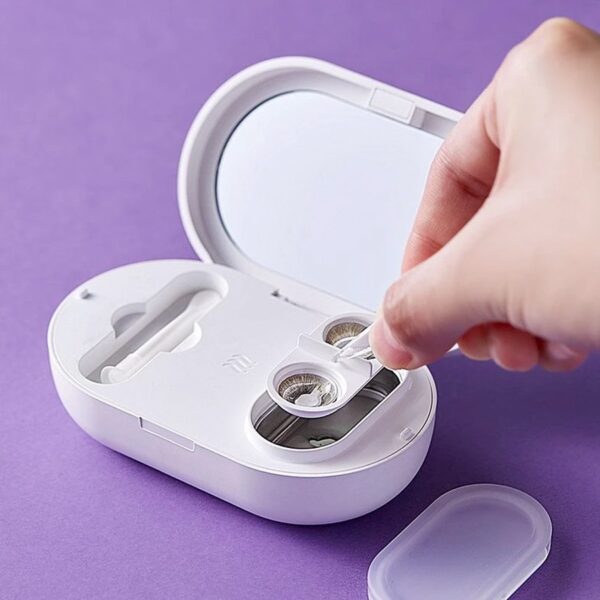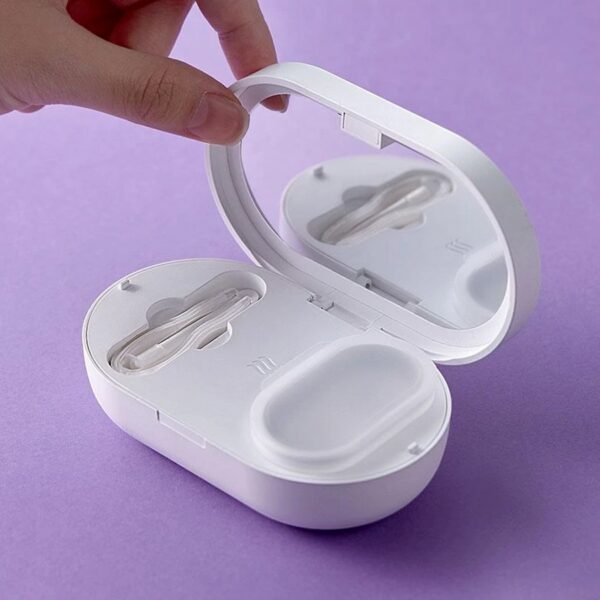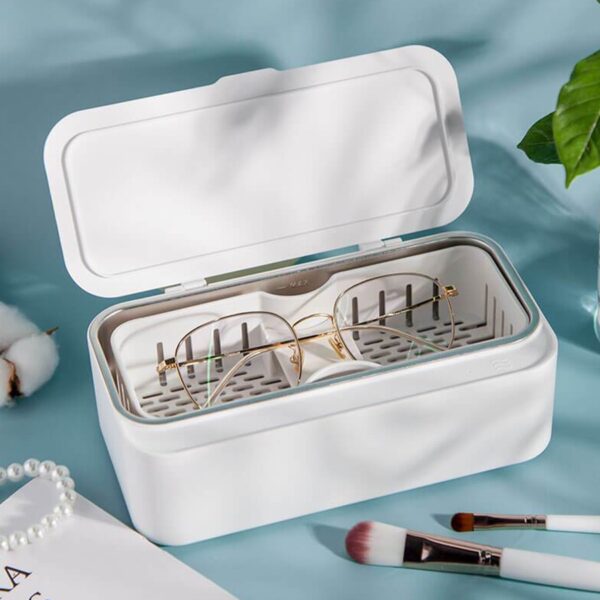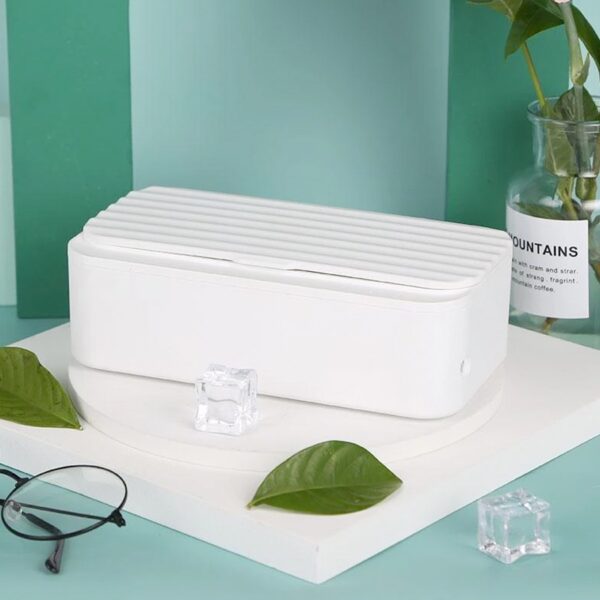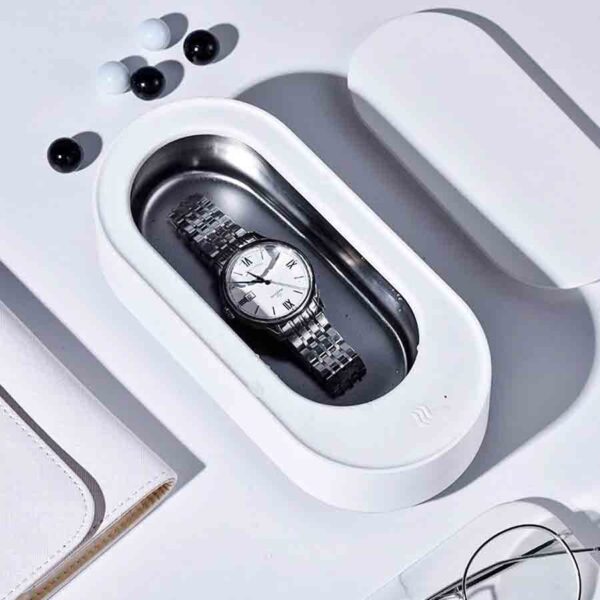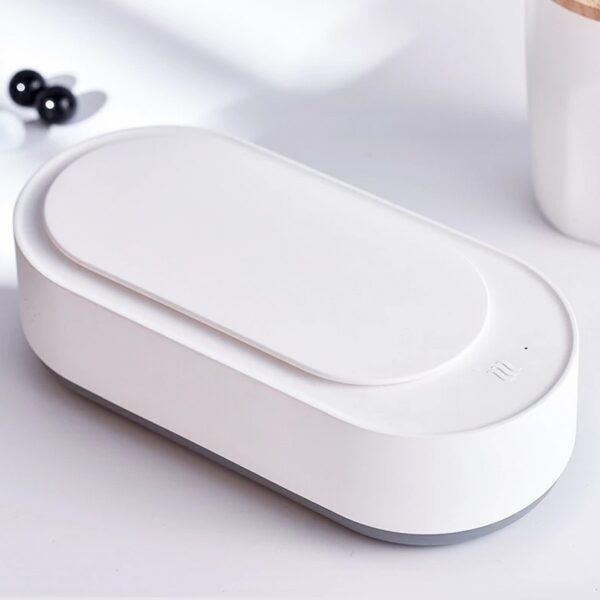Ultrasonic Cleaner
One fact we can not run away from is that washing and cleaning up is not a very easy task for everybody, specifically when it involves wiping off germs and various other contaminants from an object.
Yet what happens if there is a cleaning device that can do the cleaning task for you while you sit, relax, and watch? Ultrasonic cleaning equipment can be the best cleaning tool you need to ease the stress and anxiety of cleaning your house and office.
What Is Ultrasonic?
Ultrasonic is scientific research that includes a spectrum of sound frequencies that are not distinct to the human hearing. The frequency varies from almost 20,000 to 100,000 cycles per second. The lower and also higher frequencies have various impacts and are often utilized for unique applications.
The ultrasonic use began after World War 1, but transducers were weak, so ultrasonic cleaning was not widely used. Nevertheless, in the 1960s, things began to take a turn as much better transducers were readily available for more effective and more powerful ultrasonic cleaners.
Today, modern-day technology has generated the creation of much more reliable and also effective ultrasonic cleaning equipment.
What Is an Ultrasonic Cleaning Machine?
An ultrasonic cleaner is a device that cleans items by utilizing ultrasound and water or an ideal cleaning solvent.
Likewise, it can be claimed to be equipment that uses the complete and rapid removal of dust, germs, and various other contaminants from things put in a storage tank of water agitated with sound waves having a high frequency.
Every ultrasonic cleaner is not created to be equal. There are some with larger sizes, while you can also get a portable ultrasound maker.
They all offer the same function, which is cleaning, yet they sometimes meet different, particular requirements.
How Does an Ultrasonic Cleaning Machine Work?
Ultrasonic technology comes from ultrasound, an oscillating audio pressure wave that operates at a frequency past the human hearing range. In water, these powerful waves produce a cleaning process called cavitation which creates bubbles that do the cleaning. This technology has been confirmed to supply unparalleled cleaning results and utilized for many years in surgical instruments and commercial applications to genuinely powerful cleaning, yet Sonic Soak has scaled it down and made it obtainable to the average customer.
We have used this modern technology and compacted it into this streamlined package by utilizing a stainless-steel outside to guarantee that the Sonic Soak does what it guarantees. Not to mention, in addition to laboratory testing, we’ve meticulously examined the Sonic Soak on our clothing, accessories and also ourselves.
The Cleaning Mechanism
As soon as the power cable of an ultrasonic cleaning maker is plugged into a power source and the maker is switched on, the transducer starts changing dimension practically promptly. Then it transforms the electrical energy into ultrasonic energy.
Because of the exhilaration, the transducer increases in dimension, develops high-frequency compression sound waves and leads to quick formation and collapse of cavitation bubbles.
As the compression waves continue, the cavitation bubbles will certainly enlarge, as well as when they reach a particular dimension and can not retain their shape any type of longer, the bubbles stir through the fluid, turning it apart.
These bubbles affect the items in the storage tank, dust dirt, germs, oil, pigments, and other impurities that could have adhered to the items to find off. The very same thing occurred when you placed portable ultrasound equipment inside a sink or bowl of water.
The Frequency
The frequency of ultrasonic waves is determined in countless cycles per second, and it is just one of the components of the cavitation bubble dimension. High frequencies produce tiny bubbles that supply mild cleaning actions.
On the other hand, radio frequency creates relatively large bubbles that fall inward in an extraordinarily abrupt and fierce way. You can hardly distinguish between the sizes of the bubbles visually.
It means if you wish to remove contaminants as well as other dirt from solid and sturdy things, you require an ultrasonic cleaning machine with lower frequency. Yet if you want to wash and clean fragile and softer items like your jewelry and food things, you need an ultrasonic cleaner with higher frequencies.
They are also the perfect cleaner for items with limited locations. The frequency of 40 kHz is right for the majority of applications. Whether you want to go large or need portable ultrasound equipment, think about an ultrasound cleaner with dual-frequency if you will be cleaning various objects.
Differences In Ultrasonic Cleaners
Ultrasonic cleaning machines can be found in various groups. They are:
Industrial heavy duty type:
This classification comes with larger substance transducers and hard-bitten generators producing high wattage per transducers. Their containers are built with metal parts such as durable bonded stainless-steel, as well as the generator is divided from the container. These sorts of ultrasonic cleansers are essentially made for manufacturing cleaning and are effective.
Small lab size tabletop cleaners:
They also have hefty transducers yet not such as the heavy-duty industrial kind. The generators are better and are reliable in cleaning up laboratory glass and small parts. The generators are integrated right into the very same case as the container. Despite the fact that they can be utilized for a very long time, they ought not to be used for production cleaning because they are not rated for 24/7 procedure.
Tiny toy-like systems:
They can be called a portable ultrasound machine. Sonic Soak is a fine example of this category of ultrasonic cleaners. They are light-duty cleaning equipment that features simple generators as well as small transducers. This group is used to wash and clean jewelry, child toys, clothes, and even food items such as vegetables, fruits, meats, and a lot more.
How to Maintain and Ultrasonic Cleaners?
Nowadays, the majority of ultrasonic cleaning machines include one to two years warranty, which can be invalidated if customers do not satisfy specific conditions. Here are some maintenance points that can assist you in lasting the ultrasonic cleaner for a lifetime:
Do not run it when the cleaning solution is too low. It can breakdown the transducer.
Do not incline the solution to keep it from running into the device.
Do not permit the instrument to touch the tank’s all-time low; it can scratch or etch the equipment.
Do not use remedies with a high alkaline or acid level.
Make sure the ultrasonic cleaning does not sit on a wet surface or damp towel or clothes.
Making sure the proper maintenance of the cleaning machine can help you get the very best performance possible.


